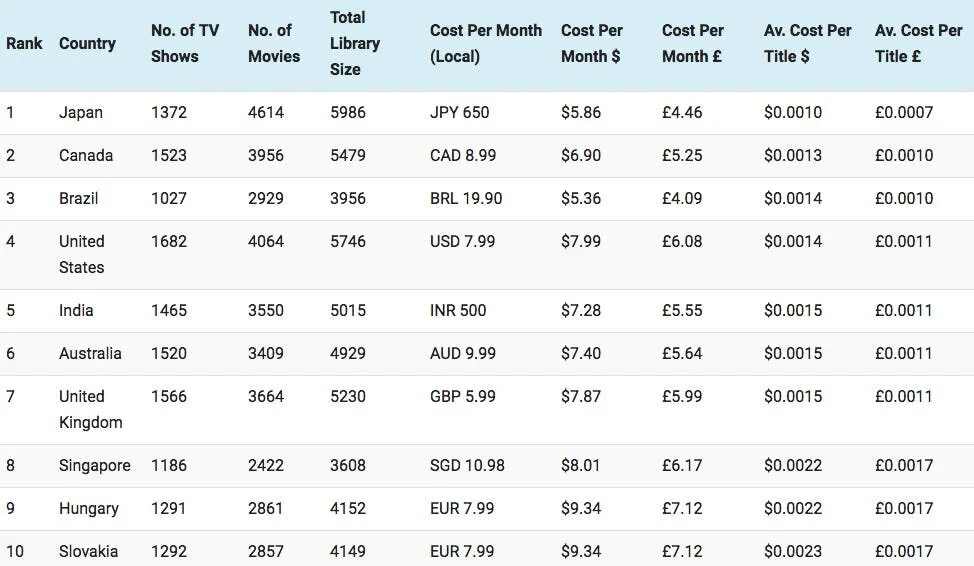Price localization, the ignored sibling in the Globalization strategy family
The first time I heard about the big mac index I thought it was a joke. I was going to live in Canada for a while and I didn't have a clear idea of how to calculate the difference in the cost of living that I would have when I moved from Madrid to Canada.
A colleague told me about The Big Mac Index, and I honestly thought he was kidding me, but then when I looked for information on the Internet, what I discovered was that it was an index that really existed!
The Big Mac Index is published by The Economist as an informal way of measuring the purchasing power parity between two currencies and provides a test of the extent to which market exchange rates result in goods costing the same in different countries. It "seeks to make exchange-rate theory a bit more digestible
Basically and if I think about it, this approach has its logic, if wages and purchasing power are different in each country, the cost of acquiring things must also be different depending on the country we are in…. It does make sense, but this is something that is not always done in the localization world.
And it is that Price Localization is also localization, some companies do indeed take into account prices when creating their Globalization strategies, this week a news story came out about how Netflix has entered India, but many others take a very different approach and offer the same price for all territories.
Let's look at all of this in more detail in my post this week where I reflect on the little-known concept of Price Localization.
What is price localization, really?
It is tailoring the price of a commodity, a product or a service to suit an international market
Localizing your pricing strategy usually comes into 2 steps
An internationalization change where you simply convert your price to the local currency
A true localization effort where you actually charge differently in different markets.
Many companies only execute the first step, and that’s a shame because we are missing in those situations an opportunity to deliver a truly global experience for our product.
Several factors influence the prices of a product internationally such as
The value of your product may be perceived differently by your international customers.
Different foreign markets may value different aspects or features of your digital product.
The level of your competition in the target market varies.
Different regions may have different price sensitivities.
The purchasing power of consumers vary between countries
Examples of Netflix pricing localization - Business Insider
Why you should consider Price Localization in your expansion strategy
Several factors come into play when expanding into a new market, and pricing is one of them
According to a study by WorldPay, price is the most cited reason shoppers abandon a purchase.
56% abandon when presented with unexpected costs
32% when the overall price was too expensive
13% when prices are presented in a foreign currency
Getting your price right in different global markets is one of the most critical components for avoiding cart abandonment and ensuring your eCommerce company’s international success.
The consequences of correctly or incorrectly localizing your price can be significant.
According to a study of 50 SaaS companies, those that focused on price localization exceeded the growth of those that didn’t by as much as 30%.
What you should consider when creating your Price Localization strategy
There are three main variables that you need to consider when shaping your Price Localization strategy
1.- The competitive situation in each market
The way of functioning of each market obviously influences the pricing strategy. The presence of local players can be decisive for the definition of prices and even for the entire market strategy.
2.- Create Buyer Personas for international markets
The price is influenced by buyer personas as well. This involves customer’s demographics, buying behavior, and other factors.
3.- Test before you price.
Arbitrarily setting price points can drive away potential customers if too high or if too low can mean you're missing out on profits. This is an obstacle that might be overcome by running an A/B test where you can segment buyers per country and put them in different groups to understand their purchasing decisions
How can we do Price Localization when creating an app
Great news for all of us who are creating digital apps because on March 23, 2020, Apple made the following announcement on their website:
“App Store allows you to connect with users in 155 countries or regions. We’re pleased to announce that the App Store will expand even farther this year with upcoming support for 20 new countries, allowing you to increase your impact and grow your business in new markets.”
And those are great news for any publisher willing to embrace a full Globalization strategy as nowadays it’s easier than never to set different prices per market
Source: Macstories.net
Summarizing
Price localization is an effective strategy of adapting your product to the targeted audience, thereby, boosting local sales. It's easy to sell software to the world nowadays, but it's also easy to do it badly.
Understand the market demand, and step into the market with the right product and price tag are 2 important components of an effective Globalization strategy.
What about you? How do you approach Price Localization in your products?
Have a great week!
@yolocalizo


















Words have the power to shape perceptions and influence actions, which is why reframing is such a powerful tool. In localization, we can reframe our role from simply translating to driving alignment across the company. By ensuring content is consistent, culturally relevant, and strategically aligned with business goals, localization professionals play a key role in helping businesses grow globally. This post explores how we create that alignment and why our work is much more than just translation.